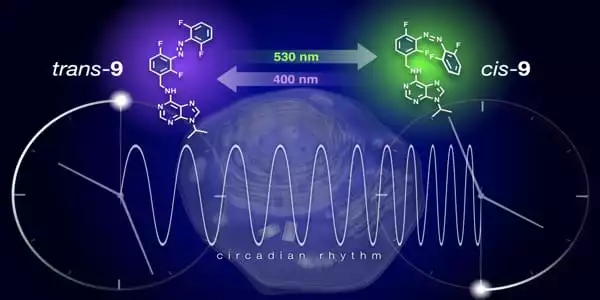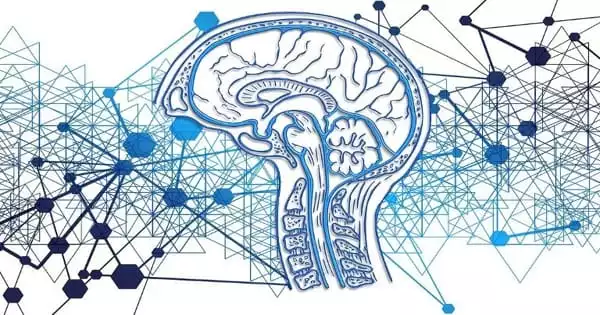Biological clocks (also known as circadian clocks) in our cells drive daily cycles in almost every aspect of our physiology. Clock proteins’ cyclical interactions keep biological rhythms in sync with the daily cycle of night and day, and this occurs not only in humans and other complex animals but also in simple, single-celled organisms like cyanobacteria.
A team of scientists has now reconstituted the cyanobacterial circadian clock in a test tube, allowing them to study the clock proteins’ rhythmic interactions in real-time and understand how these interactions allow the clock to exert control over gene expression. The study, published in Science, was co-authored by researchers from three UC campuses: UC Santa Cruz, UC Merced, and UC San Diego.
“Rebuilding a complex biological process like the circadian clock from the ground up has really helped us learn how the clock proteins work together and will enable a much deeper understanding of circadian rhythms,” said Carrie Partch, a UC Santa Cruz professor of chemistry and biochemistry and a corresponding author of the study.
A reconstituted circadian clock of cyanobacteria can run for consistent days, allowing researchers to study the interactions of the clock proteins in real-time and observe how the clock exerts control over gene expression.
Partch discovered that the molecular details of circadian clocks in cyanobacteria and humans are strikingly similar. A working clock that can be studied in a test tube (“in vitro”) rather than in living cells (“in vivo”) provides a powerful platform for investigating the clock’s mechanisms and how it responds to changes. The researchers performed experiments in living cells to confirm that their in vitro findings are consistent with how the clock works in live cyanobacteria.
“These findings were so unexpected because it is common to have in vitro results that are somewhat inconsistent with what is observed in vivo.” “The interior of live cells is highly complex, in stark contrast to the much simpler conditions in vitro,” said Andy LiWang, a UC Merced professor of chemistry and biochemistry and a corresponding author on the paper.
The new research builds on previous work by Japanese researchers, who reconstructed the cyanobacterial circadian oscillator, the clock’s basic 24-hour timekeeping loop, in 2005. The oscillator is made up of three proteins that are related to one another: KaiA, KaiB, and KaiC. Signals from the oscillator are transmitted through other proteins in living cells to control gene expression in a circadian cycle.

In addition to the oscillator proteins, the new in vitro clock contains two kinase proteins (SasA and CikA) whose activities are altered by interacting with the oscillator, as well as a DNA-binding protein (RpaA) and its DNA target.
“SasA and CikA, respectively, activate and deactivate RpaA, causing it to bind and unbind DNA in a rhythmic manner,” LiWang explained. “This rhythmic binding and unbinding at over 100 different sites in their genome activate and deactivates the expression of numerous genes important to health and survival in cyanobacteria.”
The researchers were able to track the interactions between all of these clock components as the entire system oscillates with a circadian rhythm for many days, if not weeks, using fluorescent labeling techniques. The team was able to use this system to determine how SasA and CikA improve the robustness of the oscillator, keeping it ticking under conditions where the KaiABC proteins would stop oscillating on their own.
The in vitro system was also used to investigate the genetic origins of clock disruption in an arrhythmic strain of cyanobacteria. They discovered a single mutation in the RpaA gene that reduces the protein’s ability to bind to DNA.
“A single amino acid change in the transcription factor causes the cell to lose the rhythm of gene expression even though its clock is intact,” said co-author Susan Golden, director of UC San Diego’s Center for Circadian Biology, which Partch and LiWang are also members of. “The true beauty of this project is how the team from three UC campuses came together to pool approaches toward answering how a cell can tell time,” she continued.
“The active collaboration extended well beyond the principal investigators, with students and postdocs from various disciplines conferring among themselves to share genetics, structural biology, and biophysical data, and explaining the significance of their findings.” Cross-discipline communication was as important to the project’s success as the researchers’ impressive skills.”















